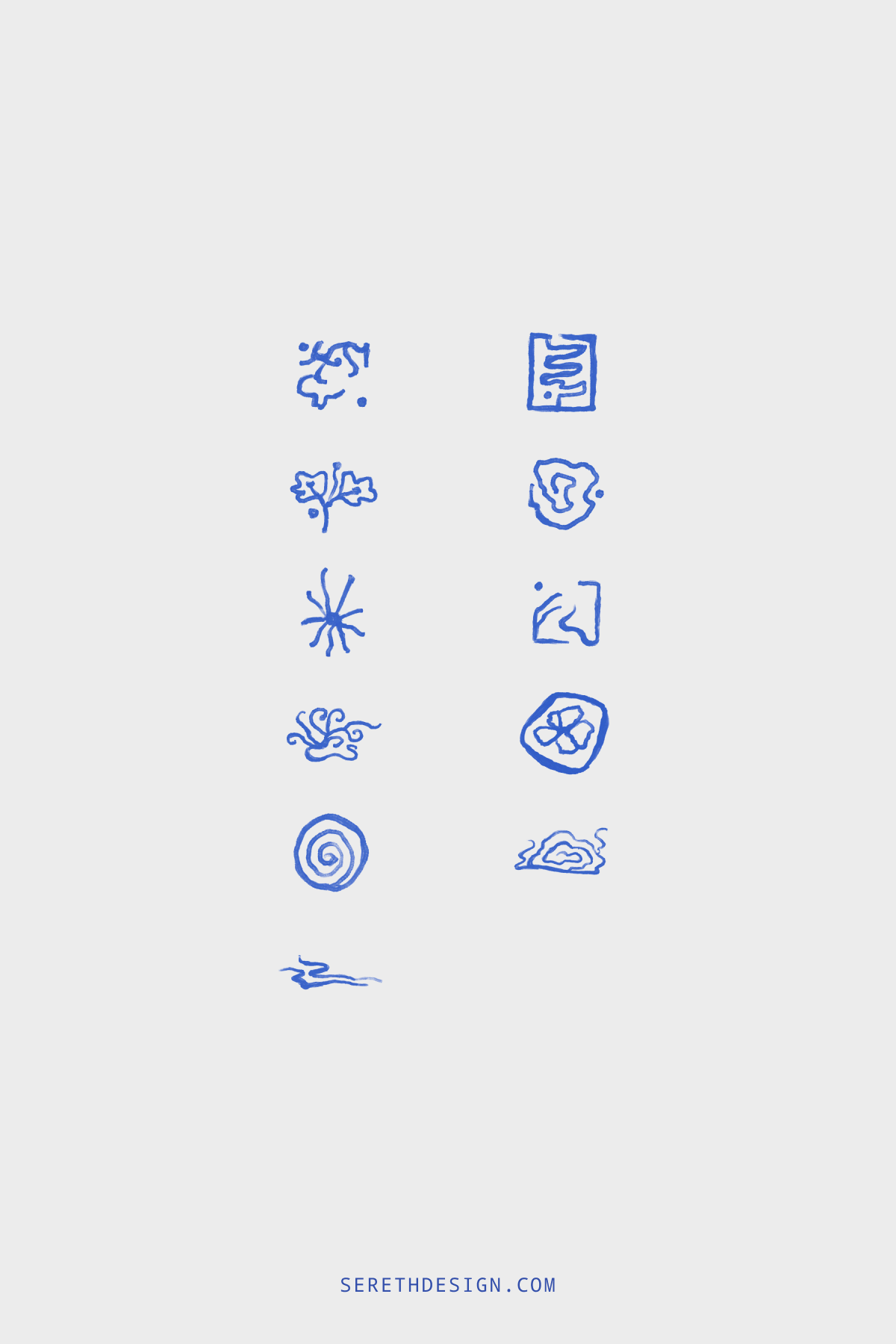Balancing Representation and Imagination in Icon Design
Icons are often the unsung heroes of branding. Tiny but powerful, they can communicate a brand’s essence in ways that words sometimes can't. But here’s the thing: icons don’t always have to be literal. In fact, some of the most impactful icons are the ones that strike a balance between representation and imagination.
When we think about icons, it’s tempting to make them as clear and literal as possible—a leaf for nature, a wave for water, or a flame for warmth. But what if we go a step further? What if an icon could evoke more than its literal subject? What if it could tell a story, stir emotion, or spark curiosity?
The Power of the Abstract
Great iconography often walks a fine line between the concrete and the symbolic. A good icon hints at something recognizable while leaving space for interpretation. This opens the door for viewers to form their own connections, making the icon feel both personal and universal.
Take the examples in the images above. These marks may remind you of natural elements, movement, or even specific objects. But they aren’t exact replicas—they leave room for the imagination to fill in the gaps. That ambiguity is powerful. It allows the design to adapt, grow, and resonate differently with different people, all while staying true to the brand’s core message.
Why It Matters in Branding
In branding, icons play a unique role. They’re not just decorative; they’re functional tools for communication. When crafted thoughtfully, an icon can:
Evoke emotion: Abstract elements can tap into deeper feelings, like serenity, energy, or curiosity.
Tell a story: Icons can hint at a brand’s values, purpose, or origin without being overly explicit.
Foster recognition: A distinct and imaginative icon becomes instantly recognizable and memorable.
Icons that balance literal meaning with symbolic depth can grow with a brand. They don’t feel tied to a single moment in time or trend—they feel timeless.
How We Approach Icon Design
When designing icons, we ask:
What feeling do we want this icon to convey? Beyond representing something, how can it create an emotional connection?
How does it fit into the bigger brand story? An icon should align with the overall visual identity while standing out as a strong, memorable element.
Can it spark curiosity? Icons that leave a little to the imagination draw people in, encouraging them to explore further.
Icons are more than just shapes—they’re opportunities to communicate on a deeper level. By finding the right balance between representation and symbolism, your brand’s icons can tell stories that resonate far beyond the surface.
What Do Your Icons Say?
Take a moment to think about your brand’s visual elements. Do your icons simply state, or do they evoke? Are they speaking to your audience’s hearts and imaginations?
If you’re ready to explore the possibilities of imaginative iconography, let’s chat. Together, we can create something that doesn’t just represent your brand but embodies its story in ways both timeless and unforgettable.


